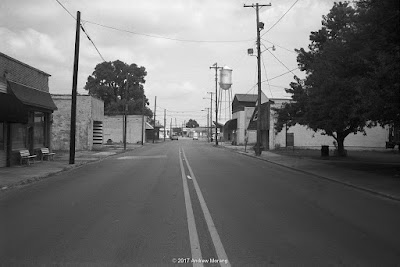King Bodawpaya was definitely an ambitious chap. He wanted to build the largest stupa the world had ever seen. He chose a site on the west bank of the Irrawaddy River, now known as Mingun (Burmese: မင်းကွန်းမြို့; ), about 10 km northwest of the modern city of Mandalay. Bodawpaya began his monumental Mingun Pahtodawgyi in 1790 but never completed it because an astrologer claimed that, once the temple was finished, the king would die.
Bodawpaya's stupa followed in a tradition practiced by Burmese kings for centuries. The plain of Bagan, south of Mandalay, is covered with literally hundreds of stupas. Each king wanted to outdo his predecessor. These were religious structures, but, as you all know, a monumental temple's real purpose is for the ruler to a. demonstrate his power to his enemies (real or imagined); b. show the political opponents who is on top (this is the real threat); and c. keep the peasants and underlings awed and groveling.
 |
| Freshly fried dry-fish cakes. |
The ride across the Irrawaddy is very pleasant. Mingun is a popular with both Burmese school groups and foreign visitors. Vendors sell snacks and souvenirs.
To generate the appropriate awe to visitors alighting at the riverbank, Bodawpaya built two grand lions. Unfortunately, the lions collapsed in the big earthquake of 1839. To get an idea of their scale, this marble ball is one of the eyeballs!
Walk to the base of the unfinished stupa and start a circumnavigation, and you realize what a staggering pile of bricks this thing is. The sides are 73 m (240 ft) long, and construction abruptly ended when the pile reached a height of 49 m (160 ft). If completed, it would have reached to 150 m, making this the largest stupa in the world.
The workmanship was spectacular. Bricks were shaped as needed for specific decorative locations.
The drain pipes were crocodile snouts.
As I wrote above, King Bodawpaya never finished his project. He used thousands of slaves and prisoners of war in the effort. Our Burmese guide said the surrounding villages were tithed to supply bricks and laborers every year. The need to fire millions of bricks caused massive deforestation, and the loss of manpower from the villages caused poverty and discontent. Possibly the use of an astrologer was a convenient way to convince Bodawpaya to give up his project. Bodawpaya died in 1819, and on March 23, 1839, a strong earthquake caused huge cracks to open in the structure. The photograph above shows one of the entrances on the west side of the pile.
The walkway to the top may or may not be open. The sign says no, but the railing is shiny and new.
 |
| The Mingun bell in 1873 (photographer unknown) |
 |
| Approx. 1880. |
Bodawpaya's excesses did not end with his stupa. He also wanted the largest bell in the world. Casting started in 1808 and ended in 1810. It was cast on the east side of the river and moved using barges. A canal was built for the barges, then dammed off and elevated via levees to float the bell into position.
The bell weighs 90,718 kg (199,999 pounds) and was for two centuries the largest uncracked bell in the world (the Kremlin bell is larger, but has a crack and cannot be rung). The 1839 earthquake knocked the Mingun Bell off its supports. Technicians from the Irrawaddy Flotilla Company (the British company than ran boats in the Irrawaddy River) hoisted the bell onto a new support frame in March of 1896. If you look at the photograph above, you can see a massive iron pillar with square-head bolts, an example of heavy-duty Victorian construction.
The blog,
Burmese Silver, has a detailed description, including historical photographs, of
how the bell was cast (click the link).
Amazing architecture just does not end in this place. This is the Hsinbyume Pagoda (or the Myatheindan Pagoda), built in 1816 to honor Princess Hsinbyume, who died in childbirth. This is very different from the norm in Burmese pagoda architecture. The concentric rows represent the seven mountain ranges going up to Mount Meru.
Photographs taken with Panasonic G3 and Fujifilm X-E1 digital cameras, with some RAW files processed with PhotoNinja software on a Mac computer.
For previous articles on Burma, please type the word "Burma" in the search box.




























































